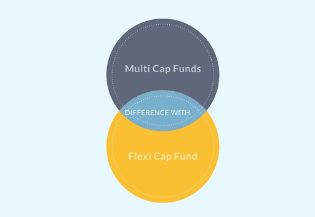
HELP LINE +91 9883818627

HELP LINE +91 9883818627






The process is to ensure fairness in treatment of investors, especially during times of market downturn
✅ A recent SEBI consultation paper has introduce the concept of swing pricing for open ended mutual fund debt schemes
✅ This step is part of efforts to ensure fairness in treatment of investors, especially during times of market dislocation
✅ The paper suggests partial swing during normal times and a mandatory full swing during times of market dislocation
✅ Financial market dislocations are circumstances in which financial markets, operating under stressful conditions, cease to price assets correctly on an absolute and relative basis
✅ Swing pricing refers to a process for adjusting a fund's net asset value to effectively pass on transaction costs stemming from net capital activity to the investors concerned
✅ In a liquidity-challenged environment, quoted bid/ask spreads and overall trading cost can widen and may not be representative of the executed prices that can be achieved in the market
✅ The proposal is to mandate swing pricing for high risk open ended debt schemes during market dislocation as they carry high risk securities compared to other schemes which possibly have higher costs of liquidation
✅ Swing pricing should be made applicable to all unit holders with an exemption for redemptions up to Rs 2 lakh for all unit holders and up to Rs 5 lakh for senior citizens at a mutual fund level
✅ Liquidity is concentrated in high quality paper and during market dislocation, very high risk aversion is observed and in terms of yield of bonds, spread over benchmark spike, particularly for relatively lower quality paper according to the consultation paper
✅ SEBI has sought comments from public on the proposed framework till August 20, 2021
Click for details on the consultation paper: https://www.sebi.gov.in/reports-and-statistics/reports/jul-2021/consultation-paper-for-introduction-of-swing-pricing_51234.html




















